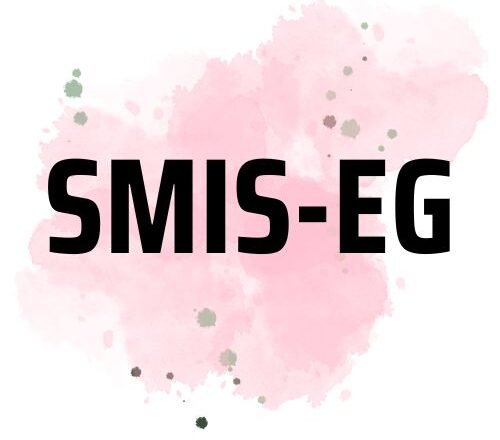This guide reflects the latest window for the $2,000 direct deposit relief rolling out across the second half of August. With inflation and day to day costs still elevated, the payment is structured to reach eligible residents swiftly via direct deposit first, followed by paper checks and prepaid cards where needed. The intent remains simple and practical: deliver short term financial support without extra applications or complex steps.
| Snapshot as of 17 Aug 2025 | Details |
|---|---|
| Payment name | $2,000 Direct Deposit relief |
| Rollout window | 15 to 30 August 2025 |
| Primary delivery | Direct deposit first, then checks and prepaid cards |
| Eligibility basis | Income thresholds, recent tax filing, residency, and benefit status |
| Application needed | Not required if records are current |
| Interaction with benefits | Does not reduce Social Security, SSI, SSDI, VA, or Railroad Retirement |
| Goal | Short term help with rent, utilities, groceries, transport, and essentials |
What The $2,000 Direct Deposit Is Intended To Do
This payment is positioned as targeted relief tied to tax credit driven assistance rather than a formal fourth stimulus. The aim is to provide timely support to households still facing elevated costs for housing, food, energy, and transportation. By using existing government records, the distribution avoids extra paperwork and accelerates delivery.
Who Meets The Eligibility Rules
Eligibility follows familiar standards. Individuals generally qualify with adjusted gross income up to 75,000 dollars, joint filers up to 150,000 dollars, and heads of household up to 112,500 dollars. Recipients of Social Security, SSI, SSDI, VA, or Railroad Retirement can be included when a valid Social Security number and current mailing or banking details are on file. Higher incomes may receive reduced amounts, and those above the thresholds or claimed as dependents are typically excluded.
How Distribution Works Between 15 And 30 August

As of 17 August 2025, direct deposits are already in the initial wave and continue throughout the window. Paper checks and prepaid debit cards follow on a rolling basis and can take longer due to printing and mail timelines. Keeping addresses and bank details up to date remains the most reliable way to avoid delays.
No Extra Application Is Required
For most eligible people, there is nothing new to file. If a 2023 or 2024 tax return has not been submitted, doing so promptly helps verify eligibility. Anyone who recently changed banks or moved should update information through the appropriate federal portals to prevent misdirected payments.
This Payment Does Not Reduce Regular Benefits
The $2,000 amount is treated separately from Social Security, SSI, SSDI, VA, and Railroad Retirement payments. Regular benefits continue as scheduled, and this relief does not alter their cadence or amounts. The structure mirrors prior relief approaches to protect core monthly income.
What To Expect If Payment Has Not Arrived Yet
Direct deposits typically appear first within the rollout window, which began on 15 August. Checks and cards can trail by several business days to a couple of weeks depending on processing and postal timing. If nothing has arrived by the end of the month, verifying bank details and address on file is the fastest way to troubleshoot common issues.
How Households Can Use The $2,000 Most Effectively
The payment is designed to ease immediate budget pressures. Many households prioritize rent or mortgage obligations, utility balances, groceries, medical costs, or transportation. Others may reduce high interest debt or set aside a small emergency buffer. Focusing on essentials first tends to provide the greatest stability.
Practical Steps For A Smooth Experience
As of today’s date, confirming recent filing status, ensuring that names and addresses match official records, and double checking direct deposit details are the key actions to keep processing on track. Monitoring official notices through the month helps clarify timing and any adjustments that may affect delivery.
With the distribution window already underway, the $2,000 direct deposit is positioned to deliver rapid, practical relief through the end of August. Accurate records and timely updates are the best safeguards against delays. For millions of retirees, beneficiaries, and working families, this payment can make essential expenses more manageable during a period of elevated costs.

